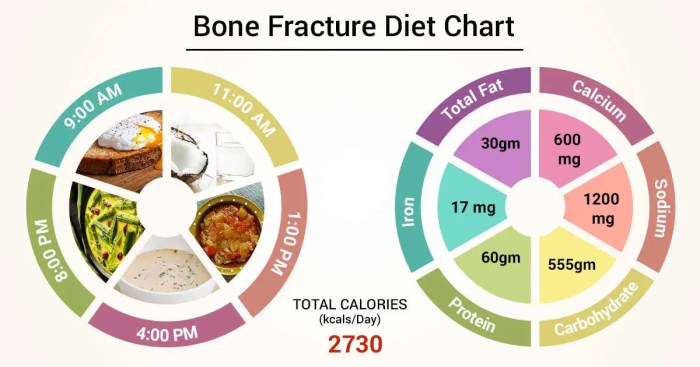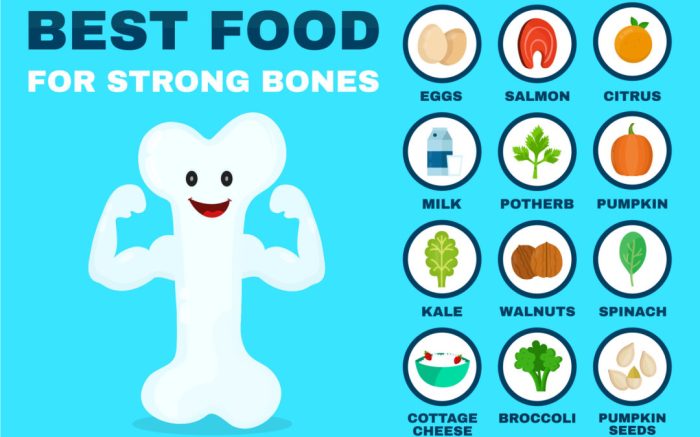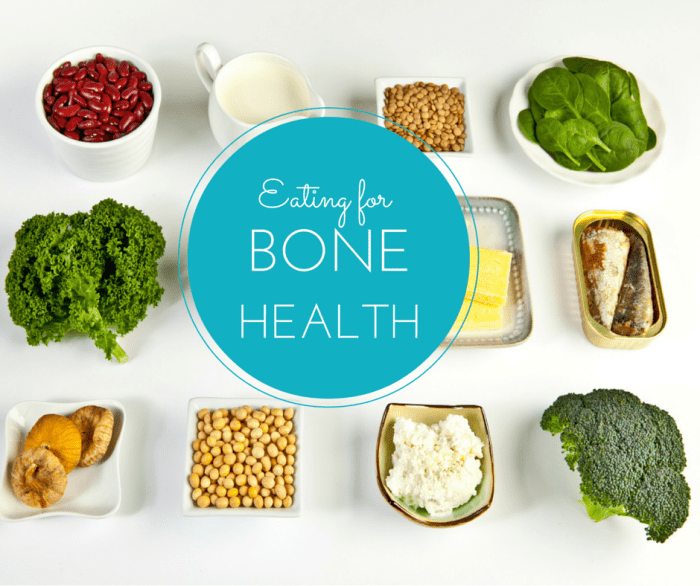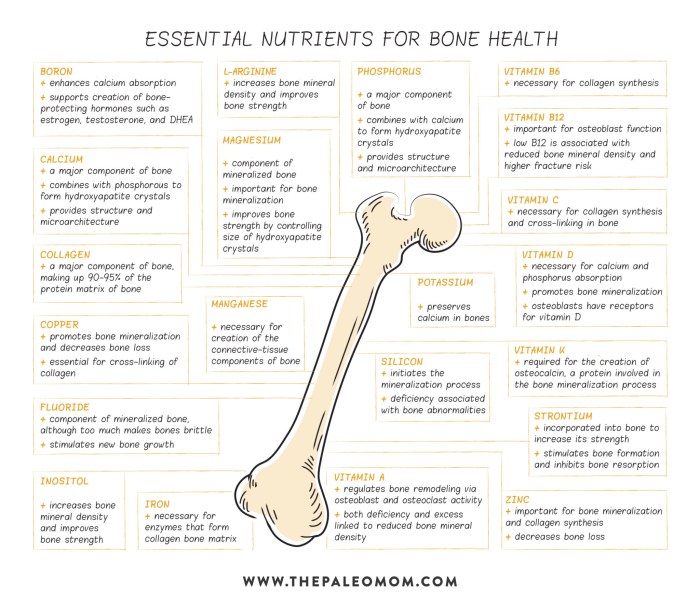Which statement best explains the relationship between diet and osteoporosis? This question sets the stage for this enthralling narrative, offering readers a glimpse into a story that is rich in detail and brimming with originality from the outset. As we delve into the intricate relationship between diet and bone health, we will uncover the essential role that certain nutrients play in maintaining strong and healthy bones.
The content of the second paragraph that provides descriptive and clear information about the topic
Calcium and Vitamin D: Essential Nutrients for Bone Health: Which Statement Best Explains The Relationship Between Diet And Osteoporosis

Calcium is a mineral that is essential for bone formation and maintenance. It is found in the bones and teeth, and it helps to make them strong and dense. Vitamin D is a nutrient that helps the body absorb calcium from the diet.
It is found in sunlight and in some foods, such as fatty fish and eggs.
Foods Rich in Calcium and Vitamin D, Which statement best explains the relationship between diet and osteoporosis
- Dairy products (milk, cheese, yogurt)
- Leafy green vegetables (kale, spinach, collard greens)
- Beans and lentils
- Nuts and seeds
- Fatty fish (salmon, tuna, mackerel)
- Eggs
- Fortified foods (cereals, juices, soy milk)
Other Nutrients and Their Impact on Bone Health

In addition to calcium and vitamin D, several other nutrients are important for bone health. These include:
Phosphorus
Phosphorus is a mineral that is found in bones and teeth. It helps to make them strong and dense. Phosphorus is found in many foods, including meat, poultry, fish, dairy products, and nuts.
Magnesium
Magnesium is a mineral that is involved in bone formation. It helps to activate vitamin D, which is necessary for calcium absorption. Magnesium is found in many foods, including leafy green vegetables, nuts, seeds, and whole grains.
Protein
Protein is essential for bone health. It is used to build and repair bone tissue. Protein is found in many foods, including meat, poultry, fish, eggs, and dairy products.
Quick FAQs
What is osteoporosis?
Osteoporosis is a condition characterized by weakened and brittle bones, increasing the risk of fractures.
How does diet affect osteoporosis?
Diet plays a crucial role in bone health, as it provides the essential nutrients, such as calcium and vitamin D, necessary for bone formation and maintenance.
What foods are good for bone health?
Foods rich in calcium, such as dairy products, leafy green vegetables, and fortified foods, contribute to bone density and strength.
What foods should be avoided or limited for bone health?
Excessive consumption of caffeine, alcohol, and sugary drinks can negatively impact bone health by interfering with calcium absorption or bone metabolism.

